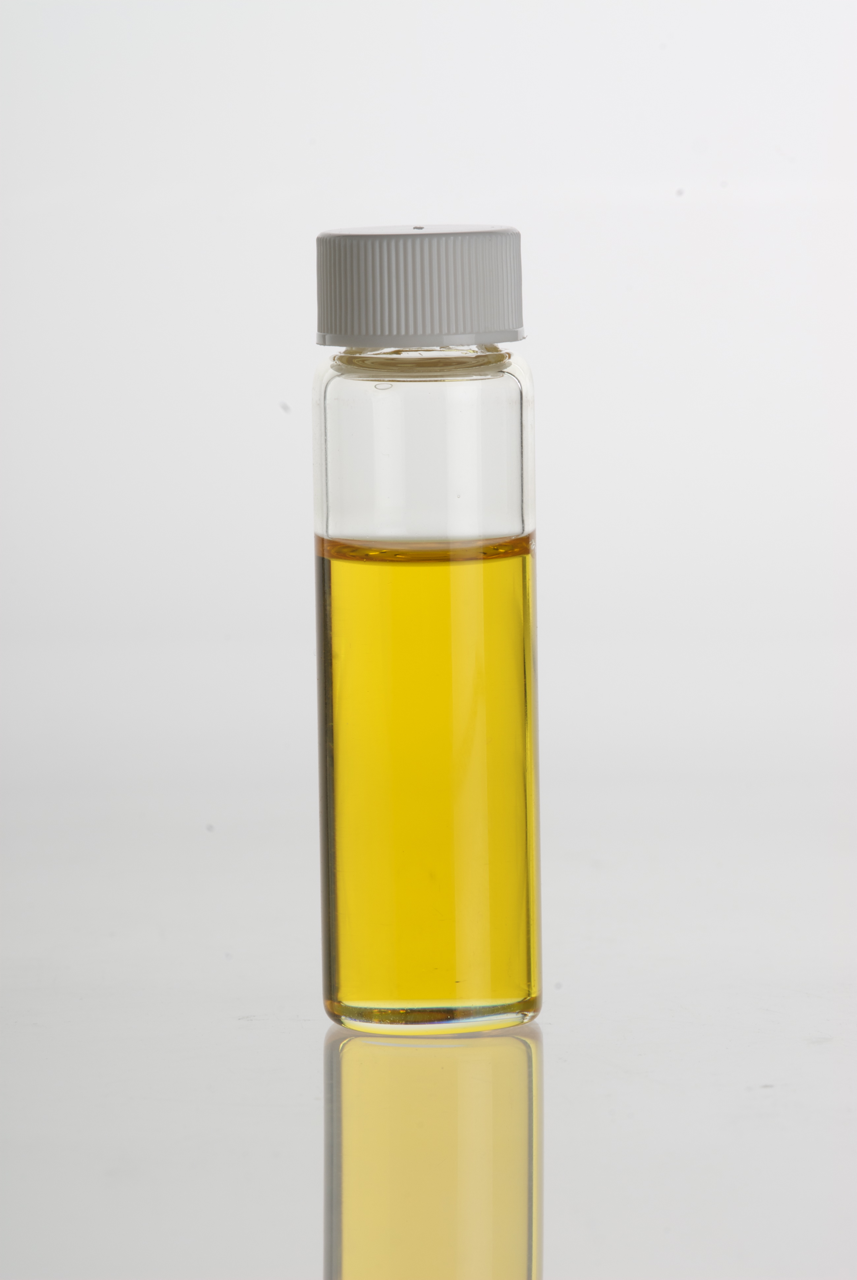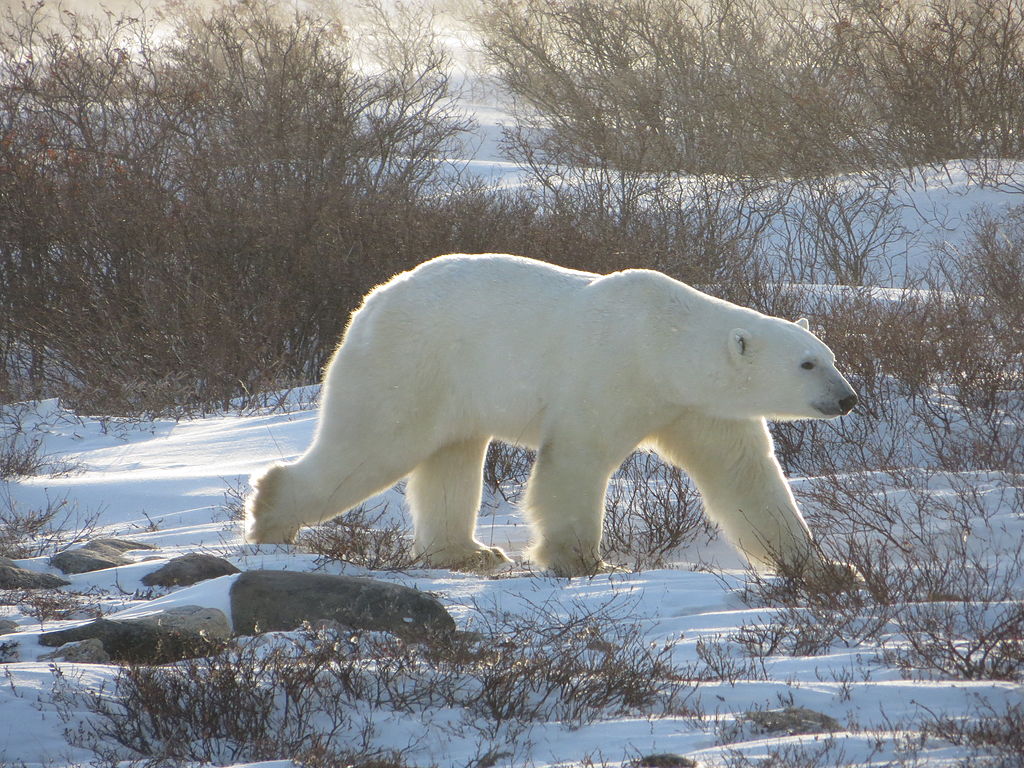GCSE Biology - AQA
2.1.5 - Lipids
Jump to:
Lipids
Lipids are fats and oils. Chemically speaking, fats and oils are the same type of compound, which is why we use the word 'lipid' to refer to them collectively.
The only difference between fats and oils is what state of matter they are at room temperature. Lipids that are solid at room temperature are called fats, and lipids that are liquid at room temperature are called oils.

Sample of oil extracted from wheat seeds. This oil is a mixture of lipids.
Functions of lipids
Lipids have many important functions in living organisms, including the following:
- They are a component of membranes
- They are used to store energy
- They are used for thermal insulation
- They are used for electrical insulation

Polar bears have a thick layer of fat under their skin which provides them with thermal insulation. This is necessary as they usually live in very cold environments.
Triglycerides
Triglycerides are a common group of lipids.
A triglyceride is made of four molecules bonded together. One of these is a molecule called glycerol. The other three are molecules called fatty acids. The three fatty acids are all bonded onto the glycerol.

The structure of a triglyceride.
Flashcards
Flashcards help you memorise information quickly. Copy each question onto its own flashcard and then write the answer on the other side. Testing yourself on these regularly will enable you to learn much more quickly than just reading and making notes.
1/3
What are lipids?
2/3
What is the difference between a fat and an oil?
3/3
What are triglycerides? What is their structure?
Next Page
2.1.6 - Testing For Carbohydrates, Proteins and Lipids
Previous Page
2.1.4 - Factors Affecting Enzyme Activity
Return to course page
Donate
Please consider donating to support Mooramo. I am one person doing this whole project on my own - including building the site, writing the content, creating illustrations and making revision resources. By making a one-time or repeating donation you will buy me time to work on Mooramo, meaning that I can get new content on here more quickly.
Donate